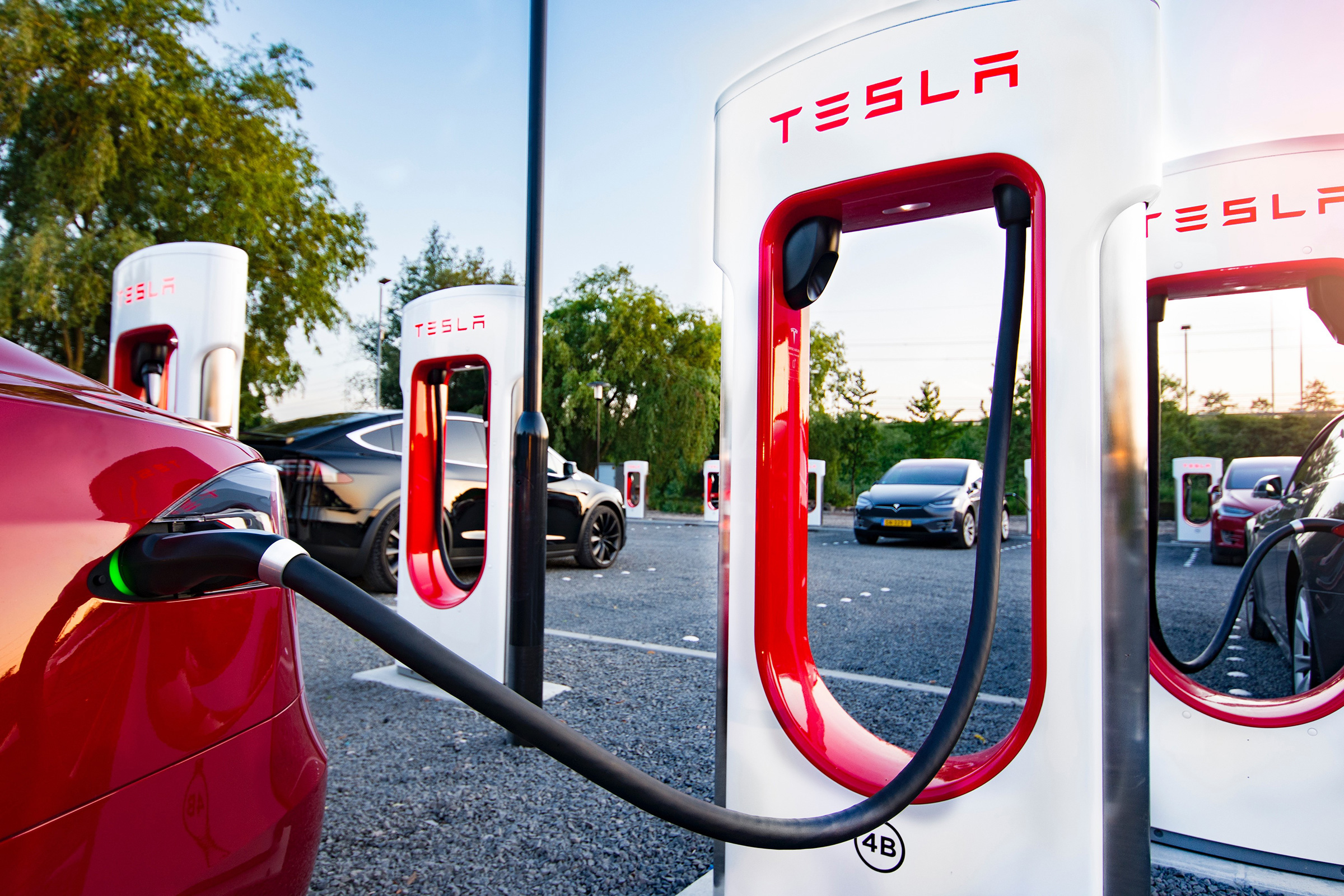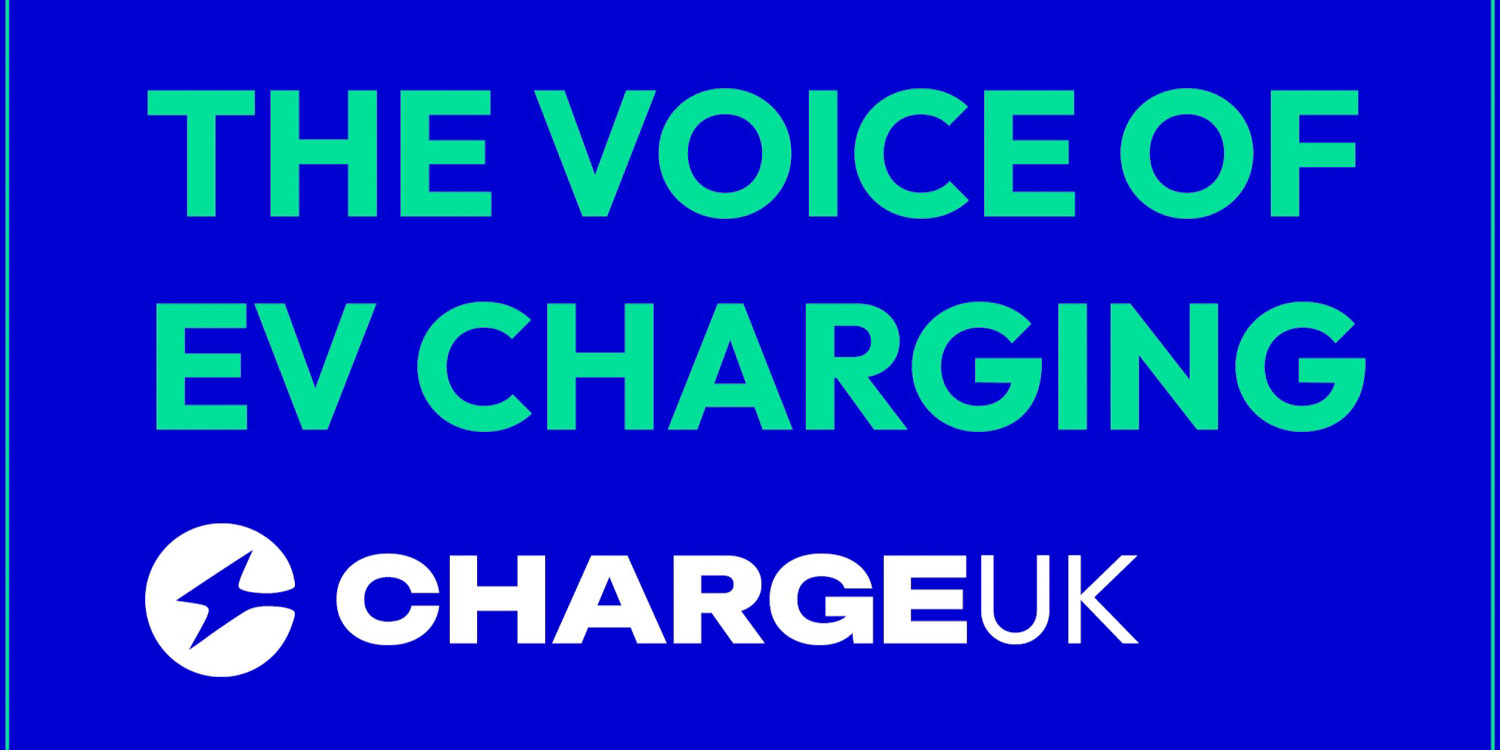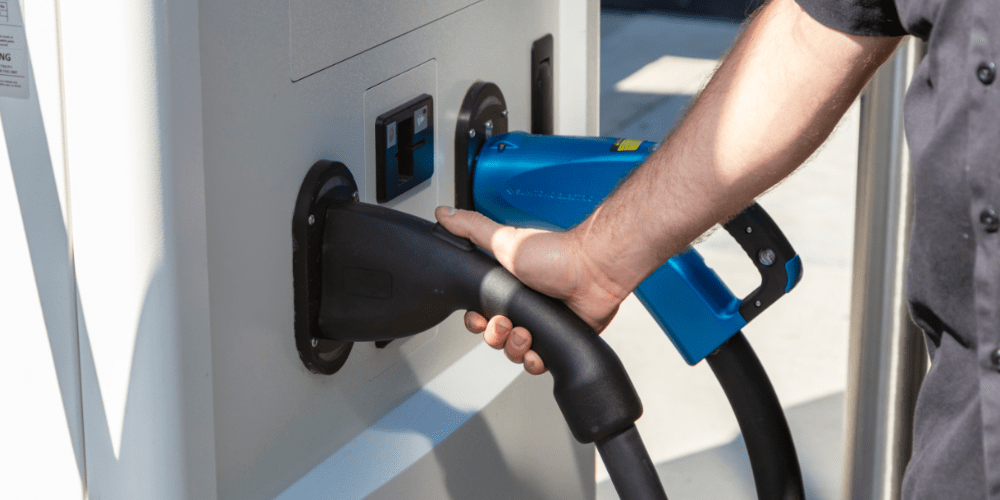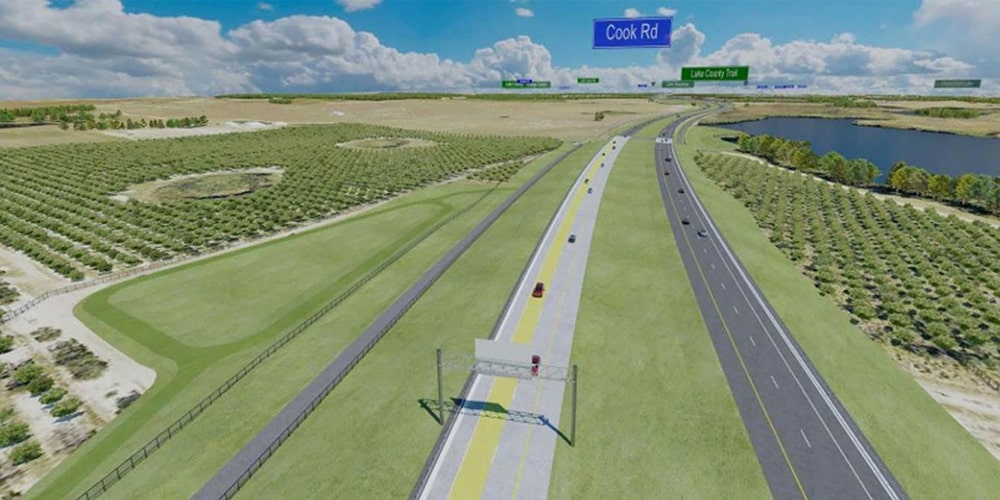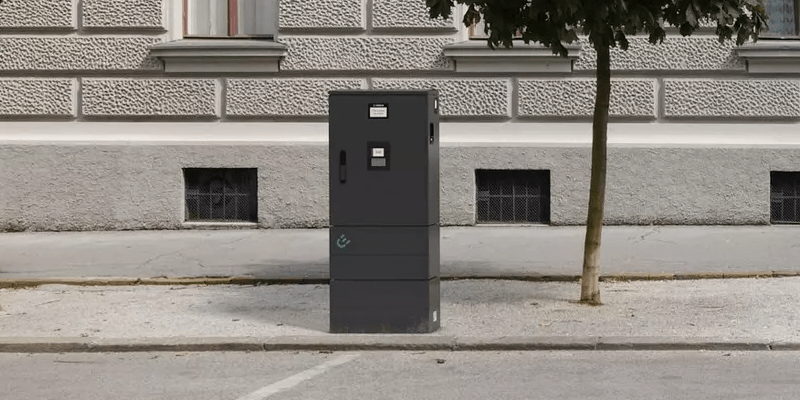According to Tesla’s latest 2022 Impact Report, the reliability of the Tesla Supercharging network remained exceptionally high throughout the year. The report states that the average uptime of Supercharger sites in 2022 was 99.95 percent, slightly lower than the previous year’s 99.96 percent but higher than the figures from 2018 to 2020.
Tesla proudly referred to this achievement as “Chargers that just work” during their presentation. However, it is important to understand the methodology behind these statistics. Tesla defines uptime as the average percentage of Supercharger sites worldwide that had at least 50 percent daily capacity functioning throughout the year.
In simpler terms, in 2022, on average, 99.95 percent of Supercharger stations maintained at least 50 percent daily capacity (or stalls) fully functional throughout the entire year. This consistent high uptime is evident when comparing the figures from previous years:
- 2018: 99.94%
- 2019: 99.90%
- 2020: 99.74%
- 2021: 99.86%
- 2022: 99.95%
Undoubtedly, the Tesla Supercharging network is often regarded as one of the most reliable fast-charging networks for electric vehicles. However, some argue that this metric is somewhat controversial. If, hypothetically, up to 49.9 percent of stalls at each station were non-functional for the entire year while the remaining 51.1 percent operated without interruption, the reliability equation would yield a perfect 100 percent result.
Furthermore, this straightforward presentation fails to provide insights into the number of faulty stations or stalls. To estimate reliability, we can perform some calculations. Assuming there are around 5,000 stations worldwide (which Tesla was close to achieving by the end of Q1 2023), having one station offline for the entire year would result in 99.98 percent reliability. If three stations were offline for the entire year, the reliability would be 99.94 percent.
However, if we consider a scenario where three different stations are offline every day for the entire year, we need to multiply it by 365. This would result in an average of 1,095 stations having one day per year with less than 50 percent (0-49.9 percent) daily capacity.
Nevertheless, this is still an impressive outcome, as it signifies that only one day out of the year experienced less than 50 percent daily capacity at approximately one-fifth of the stations. It’s important to note that some stalls might still be available at those sites, while the rest of the stations would operate at more than 50 percent capacity.
The report did not delve into other factors such as power output or the source of issues, which could be external in nature. It will be intriguing to see if Tesla can maintain a high uptime ratio in the future, especially with the ongoing expansion of the network and the increasing complexity resulting from the inclusion of the non-Tesla Supercharging pilot program (which involves various EVs, an app for non-Tesla vehicles, and a built-in CCS1 adapter in North America), as well as higher utilization due to more Tesla EVs and additional non-Tesla EVs per station/stall.

